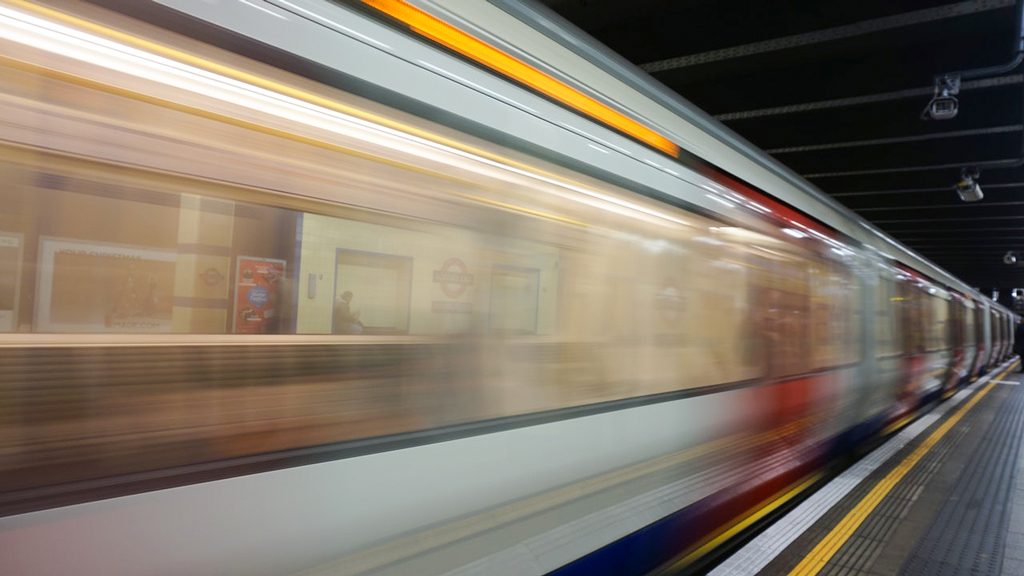The late Toronto Mayor Rob Ford memorably declared his transit plan to consist of “subways, subways, subways” in 2012 and in April his brother, Ontario Premier Doug Ford, announced a plan for Toronto transit that amounted to the same vision.
Is it a smart expenditure of $28.5 billion? Does it make for good economics, or wise transit policy? Are any parts of the plan worthwhile?
Delegates attending a three-hour forum hosted by Transport Futures at the University of Toronto June 26 heard divergent views on the Ford plan from panellists but if there was one constant, commented Transport Futures founder Martin Collier after the event, it’s that “subways, subways, subways” — that is, a transit plan focused primarily on subways — is wrongheaded.
“This was a subway planning forum but the conversation shifted quickly to other forms, to LRT, to buses, especially on the political side to biking and walking, and how we have to have choices for all the ways we get around,” said Collier.
“This whole thing about subways, subways, subways, they make it sound as if that’s all there is to it, but you couldn’t have the 401 without roadways connecting to it, and subways are the most expensive thing. People brought up the King streetcar right-of-way, it cost $2 million and it actually got more ridership than the multi-billion-dollar Scarborough extension will.”
The premier announced April 10 the province would move on a new east-west Ontario Line that would replace the much-discussed relief line and also build extensions to the Scarborough, Yonge North and Eglinton Crosstown lines. Then on May 2 the government introduced Bill 107, which would make delivery of Toronto’s future transit projects a provincial responsibility.
The first phase of the Transport Futures event featured transit professionals making presentations and then contributing to a technical panel debate.
During that discussion, it was argued the Ontario Line was a solid proposal that would create an alternative to the other lines serving the downtown, and it was also argued the extensions would be of little value in the near term because subways are already at capacity in the downtown core.

Efforts to increase transit market shares to non-downtown destinations have been largely unsuccessful, explained David Crowley, a retired senior transportation planner. The subway system has been operating at capacity as it enters the downtown since the 1980s, he said, so increases in subway ridership and therefore reductions in auto traffic are impossible until the Ontario Line is built to north of Eglinton.
“Extending subway lines that are at or approaching capacity as they enter the downtown is more than foolish,” Crowley said.
“I definitely would like to see the Ontario Line, if they can make progress on that,” said Collier after the event. “It is supposed to be built by 2027, but most of the experts say there is no way it can be built by 2027 even if all goes fantastically well.”
Transport economist William Denning of Walmer Consulting said it did not seem as if the government had undertaken a proper economic cost-benefit analysis of the options.
Alternative analysis is critical, he said, so that the solution with the highest value to society can be identified. No real alternatives analysis means no real economics is being done, so it can’t be determined if the province is advancing sustainable transit projects.
“All of society, not just owners, is the proper lens through which to examine this,” said Denning.
During his April announcement Ford said the province intended to use new technology for the Ontario Line. David Dimmer, director of product strategy for the Urban Rail Signalling Business Line of Thales Group, which was a forum sponsor, spoke of the Ontario Line as an opportunity for the province to take strides on new signalling and other technologies that are proving their value around the world.
Use of unattended train operator technology (UTO), as an example, is growing worldwide, Dimmer noted. In December 2018 there were 64 UTO lines in 42 cities covering 1,028 kilometres, and that’s expected to grow to 4,000 kilometres by 2030.

UTO brings numerous benefits including mobility, affordability and safety, said Dimmer, and it’s generally more efficient than human drivers because they stick strictly to schedules. There’s also the ability to bring trains into operation in a matter of minutes.
But Shoshanna Saxe, assistant professor in the University of Toronto’s Department of Civil and Mineral Engineering, warned that striving for ever-newer technology is not necessarily the best approach.
“Why is the latest technology important?” she asked. “How about focusing on a reliable and functional system? I don’t think we should be chasing technology for the sake of new technology.”










I regret deeply that I was unable to participate on the panel as asked, but those who did are among the city’s most sagacious. Subways (or similar equivalents) are indeed by far the most expensive, km for km of any urban infrastructure type, and therefore must be reserved for corridors in greatest need. Despite our city’s remarkable growth and intensification, I cannot see the real need for more than one new such facility in the foreseeable future, and that’s the “relief line (RL)” (at least to Eglinton) or “Ontario Line” — whatever that’s supposed to be. Read my book (Sec. 4) for how the RL could “relieve” both the subway service and Union Station, if powers-that-be could ever figure out how to emulate the Europeans in terms of real fare integration.